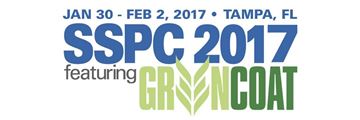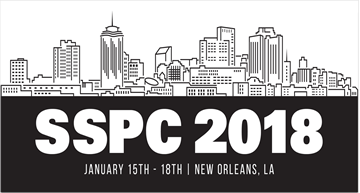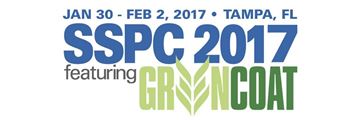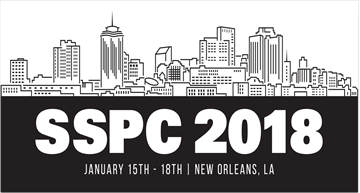Search
Products tagged with 'department of defense'
View as
Sort by
Display
per page
Application of the STEM Program to Corrosion Engineering
Product Number:
51217-040-SG
Publication Date:
2017
$20.00
CORROSION POLICY AND OVERSIGHT OFFICE OF THE UNDER SECRETARY OF DEFENSE FOR ACQUISITION, TECHNOLOGY AND LOGISTICS
Product Number:
51218-106-SG
Publication Date:
2018
$20.00
CORROSION PREVENTION VIA GENERATION OF IRONMAGNESIUM PHOSPHATE DEPOSITION COATING
Product Number:
51218-167-SG
Publication Date:
2018
$20.00
DoD Corrosion Prevention and Control Standards, An Aerospace Example
Product Number:
51218-154-SG
Publication Date:
2018
$20.00
SSPC CPC-1/NACE SP21412-2020, Corrosion Prevention and Control Planning
Product Number:
SP21412-2020
Publication Date:
2020
$109.00
The Effectiveness of Energy Efficient Coatings for Military Use
Product Number:
51217-081-SG
Publication Date:
2017
$20.00
THE IMPACT OF COATING SYSTEMS ON THE TECHNOLOGY REQUIRED TO SUSTAIN US AIR FORCE SYSTEMS DoD
Product Number:
51218-151-SG
Publication Date:
2018
$20.00










